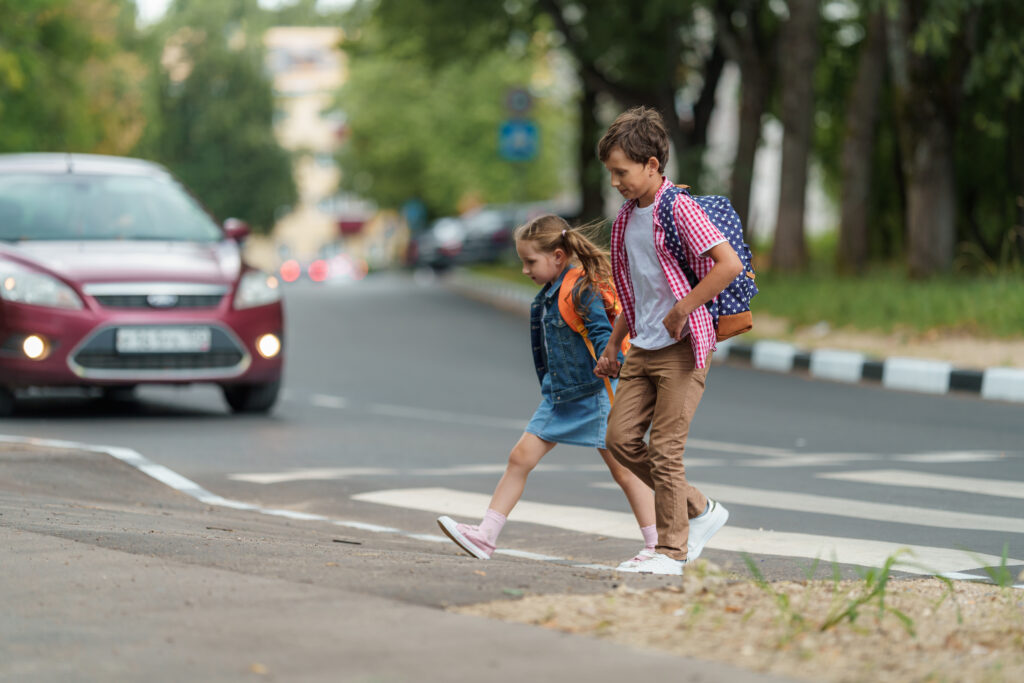Back in 2019, Mayor Jane Castor announced the City of Tampa would make a commitment to implement a program called “Vision Zero” at the National Safe Routes to Schools Conference. A task force is set to kick off later this month- February 2021. This task force will begin discussions on how to start implementing the Vision Zero program.

What Is Vision Zero?
Vision Zero is a program that helps cities gain an understanding of how to better control their dangerous roads. The primary goal of the program is to help cities reach zero traffic fatalities. There is an additional focus on preventing pedestrian fatalities. This program was first implemented in Sweden in the 1990s and has since proven itself successful across Europe. Vision Zero is now gaining traction in major American cities. Other than Tampa, cities such as Austin, TX and New York City, NY have started or are planning to implement similar programs.
How Will Vision Zero Help Make Dangerous Roads In Tampa Safer?
Because cities across Europe and more recently the United States have been implementing this program for three decades- people like Vision Zero Tampa project coordinator Alana Braiser already have a good idea of which tactics work and which don’t. Braiser explained in an interview with Vanessa Araiza of ABC Actions New WFTS Tampa Bay earlier this month some of the steps Vision Zero Tampa is planning to take in order to ensure safety on the roads, such as creating more separated bike lanes, mid-block crosswalks, and rapid-fire beacons (also referred to as RFB’s or RRFB’s.) Braiser recognizes that anything they do won’t result in an overnight change. She reports that the task force will be focusing on quick build projects, which take one to two years to build, and capital projects, which take three to five.
Vision Zero In Other U.S. Cities
New York City is just one of the cities across the U.S. that has taken part in the initiative. A report released by CBC News: The National in 2018 documents how implementing a Vision Zero program helped New York City reduce pedestrian deaths by 44 percent and traffic fatalities by 27 percent within four years. The report by CBC News reviews major changes NYC has taken since first enacting their Vision Zero program in 2014:
- Dangerous roads were redesigned to make them safer by taking steps such as shorting crosswalks by widening medians
- Protected bike lanes were installed away from street parking and bus stops
- NYC cracked down on traffic enforcement, which led to the issuing of more traffic tickets
- In an effort to control speeding, the city lowered speed limits
There is no one way to carry out a Vision Zero program. Cities are just as unique as people. The needs of the city need to be taken into consideration when deciding how to ensure safety on the roads.
You may have already seen what it’s like when a city puts this program into action. For example, shortened crosswalks or wide bike lanes are all evidence of a city’s effort to lower traffic deaths.
How You Can Help
If a street in the Tampa area worries you, reach out to Vision Zero Tampa. Vision Zero Tampa relies on community input from people like you to best protect pedestrians and other people on the road. Traffic issues and concerns, such as school area safety concerns, speeding concerns, and street marking requests can currently be submitted online or via phone call to Tampa’s Transportation and Stormwater Services Control Center at (813) 274-3101.
Call Us Today
Driving around Tampa you have probably seen your fair share of accidents. If you or a loved one find yourself in this unfortunate situation, whether it is due to someone else’s negligence or even dangerous road construction, contact us today for a free case consultation.